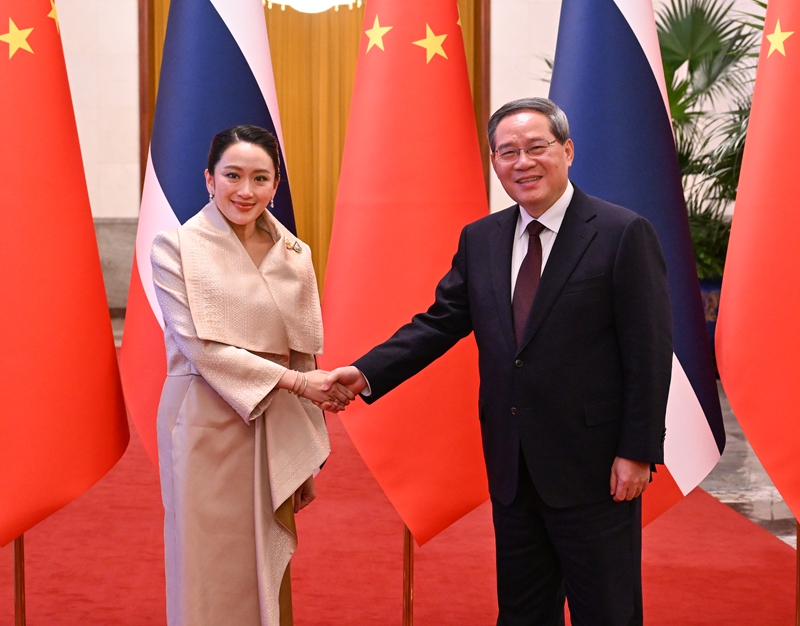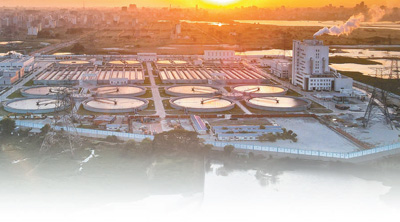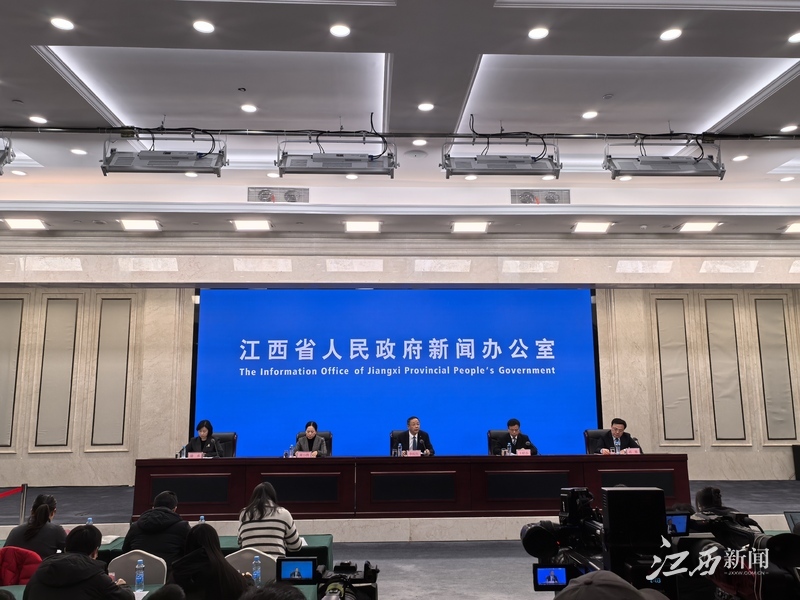The Silk Road: A Bridge Of Cooperation That Blends Ancient And Modern Times, Opening A New Chapter Of Global Prosperity
The Silk Road: A Bridge Of Cooperation That Blends Ancient And Modern Times, Opening A New Chapter Of Global Prosperity
As a far-reaching channel for transportation and cultural exchanges in human history, the Silk Road not only witnessed the prosperity and integration of the ancient East and West, but also exuded new vitality in the context of modern globalization.
As a far-reaching channel for transportation and cultural exchanges in human history, the Silk Road not only witnessed the prosperity and integration of the ancient East and West, but also exuded new vitality in the context of modern globalization. This article will comprehensively sort out the origin, development, change, and inheritance and innovation of the Silk Road in the present, aiming to show its historical significance and practical value as a bridge connecting ancient and modern times and running through the east and west.
1. The origin and early development of the Silk Road
The historical starting point of the Silk Road can be traced back to around the 2nd century BC. Zhang Qian of the Han Dynasty went on a mission to the Western Regions, opening the door to exchanges between China and Central Asia, West Asia and even Europe. At that time, China was in the prosperous Han Dynasty, with a prosperous economy, advanced technology, and mature silk production skills. Chinese silk is loved by the nobles of Central Asia, West Asia and even Europe for its delicate texture and rich colors. As silk goes abroad, the exchange of culture, goods and ideas gradually prospers.

2. The route system and cultural exchange of the Silk Road
The name "Silk Road" was first proposed by the German geographer Ferdinand von Richthoven in the 19th century, but its history is far longer than the name. It is not a single route, but a series of intricate trade paths, including both land and sea. The onshore Silk Road starts from China, passes through Central Asia and West Asia, and goes directly to Europe; the Maritime Silk Road starts from the coast of China, passes through the South China Sea and the Indian Ocean, and goes directly to the east coast of Africa, and even extends to ports in Europe and Africa.
On this road, merchants carried precious commodities such as silk, porcelain, spices, gems, gold and silver, to promote the exchange and integration of culture, religion and technology. Buddhism was introduced to China from India, Islam prospered in Central Asia, and Persian and Arab cultures left a deep impression on China. The Silk Road is not only the flow of goods, but also the intersection of ideas and the stage of collision of civilizations.

3. Prosperity and Change of the Silk Road
Historically, the Silk Road has greatly promoted the economic and cultural development between the East and the West. China's silk, porcelain and tea are exported to Europe, Central Asia's carpets and Persian spices flow into China, and West Asia's religion and art have taken root in China. This path has become an important platform for the exchange and integration of different civilizations, and promotes the common progress of human civilization.
However, the prosperity of the Silk Road was not smooth sailing. War, political turmoil, pirates and other factors have made it bumpy. With the development of maritime transportation and the rise of emerging countries, the traditional onshore Silk Road gradually declined. Nevertheless, the spirit of the Silk Road never disappeared, and it has been perpetuated in the contemporary world in different forms.
4. Contemporary Silk Road: New Opportunities and Cooperation Platform
Entering the 21st century, with the "Belt and Road" initiative proposed by China, the Silk Road has been revitalized. The initiative aims to build the "Silk Road Economic Belt" and the "21st Century Maritime Silk Road", and promote the common development of countries along the route through infrastructure construction, trade cooperation and cultural exchanges. This is not only economic cooperation, but also a bridge for dialogue and cultural exchanges in civilization.
The application of modern technology, such as high-speed railways, ports, airports, and the Internet, makes this ancient road more convenient and efficient. Countries work together to meet global challenges, including climate change, energy security, public health, etc. The Silk Road has gradually become an important link to promote world peace and prosperity.
5. Future Outlook: The Dual Mission of Inheritance and Innovation
Looking back at history, the Silk Road symbolizes the spirit of wisdom, courage and cooperation. It embodies the openness and inclusiveness of the Chinese nation and also demonstrates mankind's desire to pursue a better life together. Standing at a new historical starting point, we should inherit and carry forward the spirit of the Silk Road and integrate cooperation and innovation into global governance.
In the future, the Silk Road will continue to use modern technology and international cooperation to bring more peace and prosperity to the world. It is not only an economic channel, but also a spiritual bond that promotes civilized exchanges and promotes common progress of mankind. As long as all countries work together and dream, nothing is impossible to achieve.
6. Conclusion
The story of the Silk Road is a historical chapter full of wisdom and courage, and it is also a symbol of continuous exploration and win-win cooperation among mankind. It tells us: as long as we have dreams and work together, we can create a better future. Let us work together to pave this ancient and young road wider and brighter, and contribute to world peace and prosperity. History #Origin and Development of Humanity#





